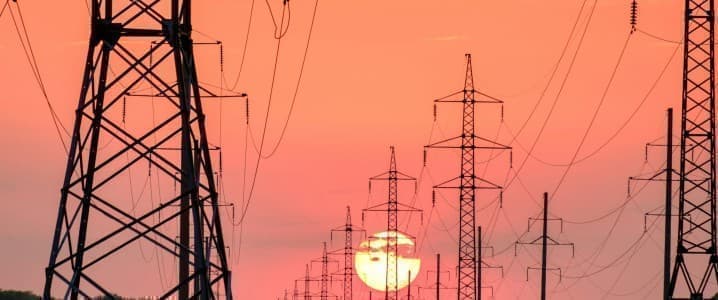By Haley Zaremba – May 31, 2025, 4:00 PM CDT
- Energy infrastructure is rapidly shifting towards decentralization, driven by the surge in renewable energy production, necessitating a fundamental redesign of grid management and security protocols.
- Edge computing powered by artificial intelligence is becoming indispensable for handling increased demand, facilitating two-way energy exchanges, and safeguarding against emerging vulnerabilities in evolving grid systems.
- Modernization efforts focus on deploying intelligent, edge-based hardware and software to better manage intermittent energy sources, minimize outages, and ensure resilient power delivery.

The landscape of energy distribution is undergoing a swift transformation as the proliferation of renewable energy sources reshapes where and how electricity is generated. This shift demands a comprehensive overhaul of existing grid infrastructure, which was originally designed for unidirectional power flow from centralized plants to consumers. Today, the trend is moving towards a more distributed model, where energy production and management occur closer to the end-user, often at the local level.
According to industry analysts like Wood Mackenzie, the term “grid edge” encompasses the broad spectrum of decentralized hardware, software, and business innovations situated near the consumer rather than at traditional central hubs. Experts emphasize that decentralizing grid intelligence is vital to adapt to the ongoing transition from a centralized to a distributed energy system, as highlighted by Greentech Media.
While expanding infrastructure to the grid’s edge is crucial, it is equally important to enhance the core systems with smarter, more responsive technologies. The increasing demand from electric vehicles, data centers, and the integration of two-way energy flows from residential solar panels significantly strain the existing grid. Unlike the past, where power flowed solely from utilities to consumers, today many households act as both consumers and producers, creating complex bidirectional energy exchanges. Additionally, renewable sources like solar and wind generate power intermittently, further complicating grid stability and exposing vulnerabilities in current systems.
Artificial intelligence (AI) has emerged as a promising solution to these challenges. Despite concerns about AI’s potential to increase energy demand, its deployment at the grid’s edge offers a way to monitor, detect, and respond to anomalies in real time. This split-second decision-making capability is critical for maintaining grid stability, preventing cascading failures, and optimizing efficiency.
As Energy magazine reports, “Milliseconds matter” when it comes to grid-edge computing. The ability to swiftly identify outages, surges, or faults and address them before they escalate is transforming grid management. The proliferation of distributed energy resources (DERs), electric vehicles, and smart meters makes edge intelligence not just advantageous but essential for modern power systems.
This technological evolution is leading to a revolution in real-time computing at the grid’s periphery, enabling rapid detection and mitigation of issues such as outages or energy surges. These systems can act faster than traditional centralized control centers, thereby preventing widespread disruptions and ensuring continuous power supply.
The U.S. Department of Energy (DOE) underscores the importance of edge computing in managing the complexities of modern grids. It highlights that machine learning and advanced analytics can support utilities in planning, reliability, and resilience efforts. However, the DOE also cautions that deploying AI naively could introduce new risks, emphasizing the need for careful implementation and robust safeguards.
Transitioning to smarter, decentralized grids represents a significant paradigm shift in energy management. As the DOE notes, modernizing the grid with cutting-edge technologies can dramatically reduce outage durations, mitigate storm impacts, and accelerate recovery times. These advancements must be developed at the edge, where split-second decisions are most critical, to realize their full potential in creating a resilient, efficient energy future.
By Haley Zaremba for Oilprice.com
Additional Resources from Oilprice.com
- Global Economic Stability Faces Diminishing Returns
- Shifts in U.S.-Canada Relations Reshape Regional Strategies
- U.S. Calls on Russia to Reconsider Ukraine Negotiations
Download the Oilprice App today for real-time updates:


Return to homepage
![]()
Haley Zaremba
Based in Mexico City, Haley Zaremba is an accomplished author and journalist with a focus on environmental issues, technological innovations, and local developments. Her reporting sheds light on critical ecological challenges and the transformative role of technology in shaping sustainable futures.
Additional Insights
Related Articles
Leave a comment

